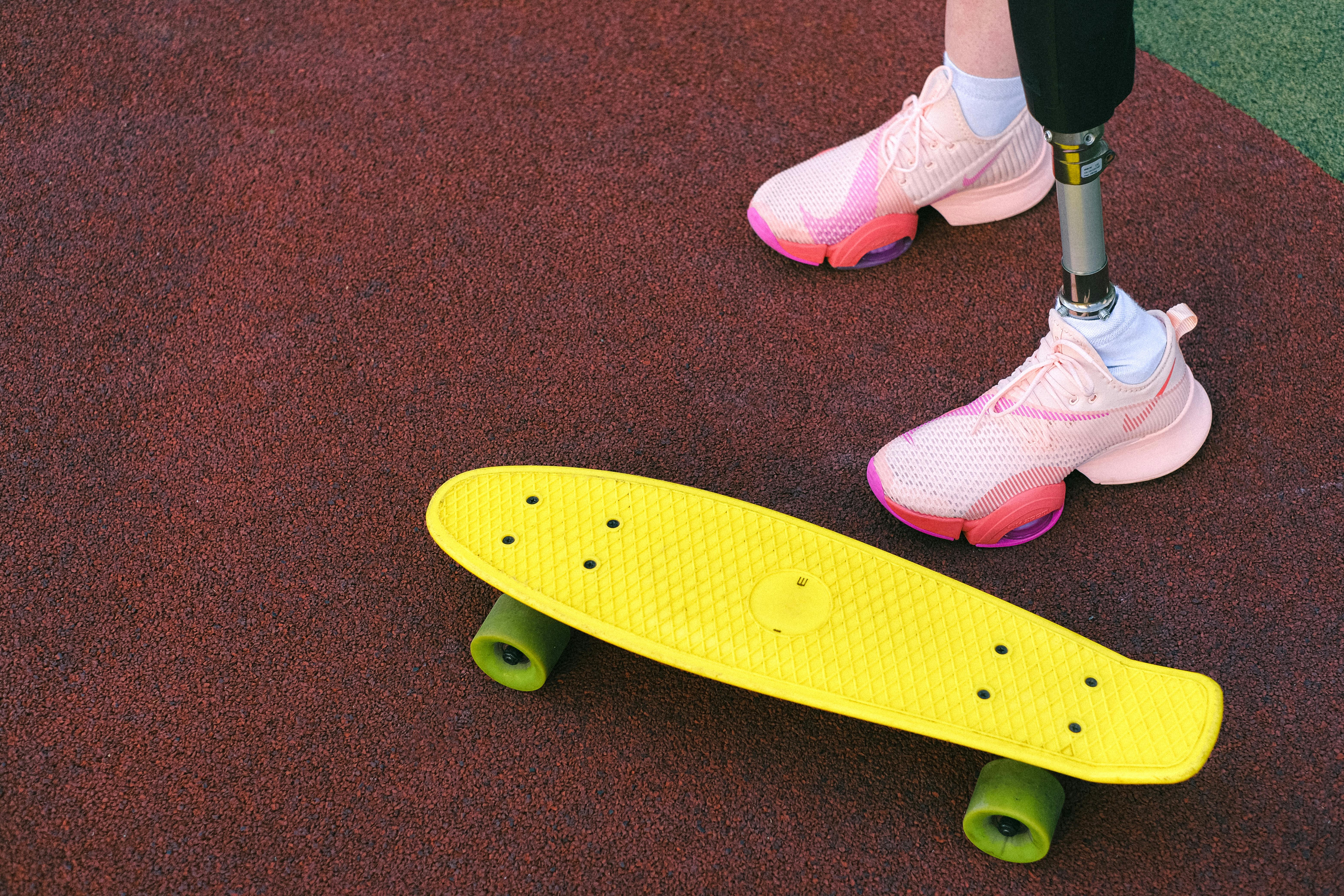A history of contemporary jewelry
The history of jewelry is long and fascinating, with bead artifacts up to 100,000 years old. Jewelry is a form of personal adornment and has also traditionally been considered a type of status symbol with some cultures restricting the wearing of some items to people of a certain status.
These days, while some forms of jewelry represent a certain financial status, you will also find that traditional ‘costume jewelery’ jewelry is worn alongside its royal counterpart, as wearers choose an eclectic mix of designer and low-value pieces that they suit your outfit. , personality and event.
The contemporary jewelry movement, also known as modern jewelry, really began at the end of WWII, in a similar vein to the architecture of the time, it used clean lines, geometric and symmetrical patterns and styles to show a distinctive detachment from previously more detailed parts.
Pieces of this genre moved from personal adornment to wearable art due in part to the arrival of new materials that were created and manufactured around the same time, including plastics and artificial gemstones. Additionally, other metals were used instead of traditional gold and silver, such as stainless steel and copper, to make the pieces more affordable and interesting.
The creators of these pieces have become artisans, sculptors and designers who make jewelry with traditional methods and modern techniques. Music has also played a role in the evolution of contemporary pieces, particularly hip-hop, rhythm and blues, and popular music, particularly in the popularity of ‘bling’, which is the term for inlaid pieces of Pretty flashy diamonds, a far cry from the scaled-down style of the 40s, yet popular culture sets the tone for many trends, including the clothing we wear.
The latest trends have seen contemporary jewelry incorporate a wide range of styles, materials, genres, and cultures, mixing old with new, modern with traditional, and reworking original pieces into an entirely new object. One thing remains certain and it is the quality and workmanship of these parts. Traditional techniques are still used to ensure high-quality timeless pieces that not only look good now, but will look good for years to come.
Contemporary jewelry has gone from traditional rings, necklaces, earrings, bracelets and brooches, to the incredibly imaginative pieces that adorn all parts of our body, including wrist bands, toe rings, nose studs, rings for the belly, grids for the ‘teeth’, and waist chains. Of course, the ones we carry in our hands are still a basic favorite.
